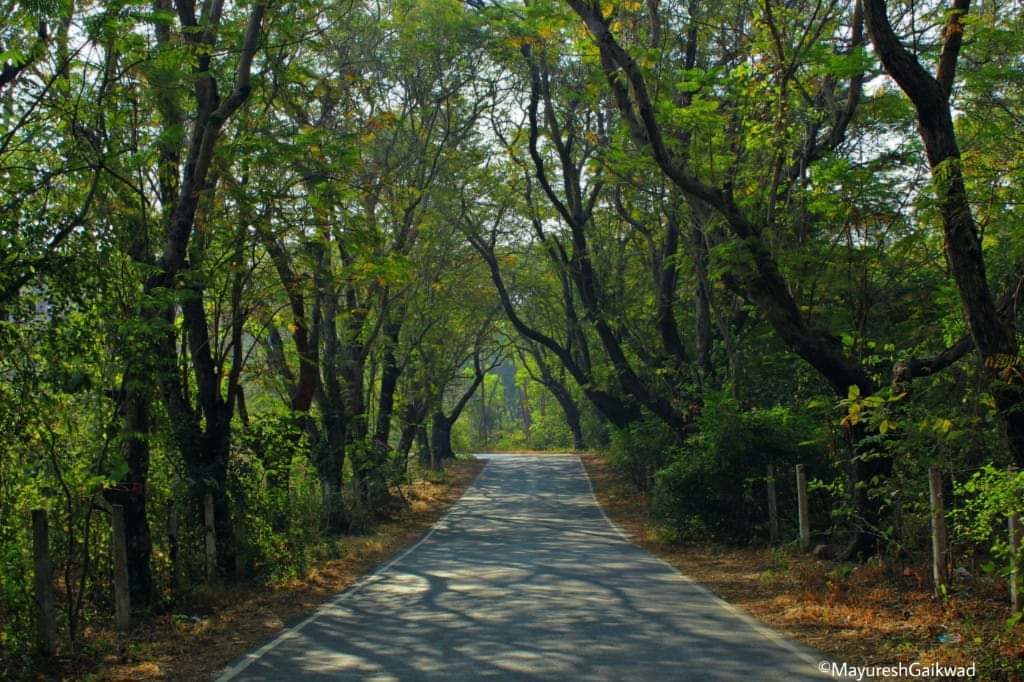By Meera Bhardwaj
Photo credit’s to Aarey conservation group
It is the longest citizens’ battle in the world for saving the very few remaining lung spaces of Mumbai – the verdant Aarey forests situated in Goregaon East. It has been targeted for its green cover with 2238 trees marked for felling for the construction of Mumbai’s Metro 3 Car shed project.

Angered by the state government’s apathy and followed by a saga of legal success and failures the past five years, now more than 70 K people have openly voiced their objections to this project. Recently, the Brihanmumbai Muncipal Corporation (BMC) had issued a public notice inviting suggestions from citizens in Mumbai for felling of 2238 trees.
In fact, the July 8 public hearing called by Tree Authority, BMC will be a testimony to save the verdant 33 hectares of tree cover even as 1200 hectares has been saved only due to citizens and environmental group’s concerted efforts in the last few years.

According to people who are battling to save Aarey, Mumbai’s pollution levels and temperature are regulated only because of a few green patches including Aarey Colony with its precious biodiversity. So there is an urgent need to save Aarey as it is a treasure trove of species like scorpions, tarantulas, variety of birds, butterflies, amphibians and of course, 7 resident leopards.
“We have done our best to protect Aarey forests,” says Stalin Dayanand, Director of Projects, Vanashakti. He adds, “This is one of the longest running environmental battles in the world by citizens to save their natural heritage. If the Tree Committee gives permission to fell trees, citizens have the option to go before the High Court within 15 days. Unfortunately, the composition of the Tree Committee is itself a big question mark. The committee should have an equal number of corporators and experts but this is not so and has been challenged in the High Court by Zoru Bhathena. Our fight is for 33 hectares as 1200 hectares have been saved.”
Citizens groups have been fighting for this cause since 2014, adds Amrita Bhattacharjee, Aarey Conservation Group. “We are hoping to save the last remaining lung space of Mumbai. The Aarey Conservation Group has been in the forefront as it launched a ‘Save Aarey Movement’. In fact, multitudes of cases were filed in the High Court, NGT, Pune and Supreme Court. There was success as well as legal failures but we have carried on. Further, evidence to prove Aarey as reserve forests has become tough. Many awareness drives, public protests and signature campaigns has marked this long battle to save Aarey.”
To this, Abhay Bavishi adds, “We are trying our best by joining hands with many groups. Unlike other cities like Bengaluru, the awareness among citizens about need for tree cover and fighting for their rights is not so much. Aarey is the south edge of SGNP and is home to resident leopards, bird life while home to some 8000-10000 tribals.”
It has been a saga of ups and downs for the citizens. Despite Aarey’s biodiversity and the forests being the catchment area of the Mithi river, the State Government brought out a notification to de-reserve 33 hectares of land in Aarey for Metro car shed and allied activities. Further, in 2017, the Aarey land Scam came to light – 2076 hectares of land had been transferred from the Revenue Department to the Sanjay Gandhi National Park when it was expanded in 1969. But out of the 2076 hectares, 575 hectares of land was excised for a recreational zone.
Adding to their woes, the High court dismissed their case and lifted the order on felling of trees in December 2017. Even before a committee could be formed to oversee the tree felling and transplantation, Metro started the felling process. Some 150-200 trees at UNIT 19, Aarey colony (the site for the ramp of the car shed) were felled. However, now the ball is in the court of the Tree committee after the public hearing on July 8.
According to environmental groups, the Mumbai Metro authority has failed on many counts in maintaining the transplanted trees at Aarey and other locations. All in all, the existing tree cover in Sanjay Gandhi National Park, Aarey and mangrove areas in and around Mumbai are under severe threat from rampant and indiscriminate development be it for the Metro Car Shed or Cable Car Project or Rail Corridor to serve the ever growing needs of a megapolis.


Great article, Green Minute 🙂
Its painful to note the sheer anthropogenic pressures on Natural spaces in india. All this Development is going nowhere.. unless we dont have good air to breathe and water to drink.